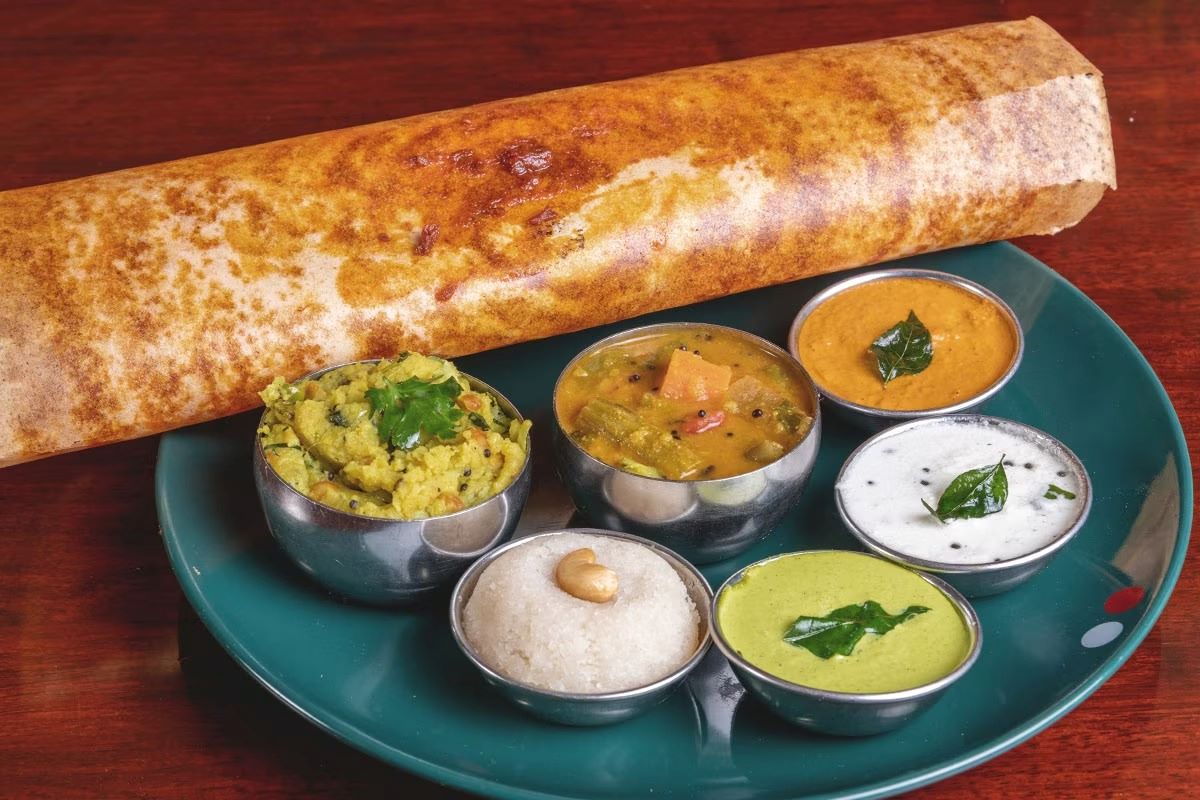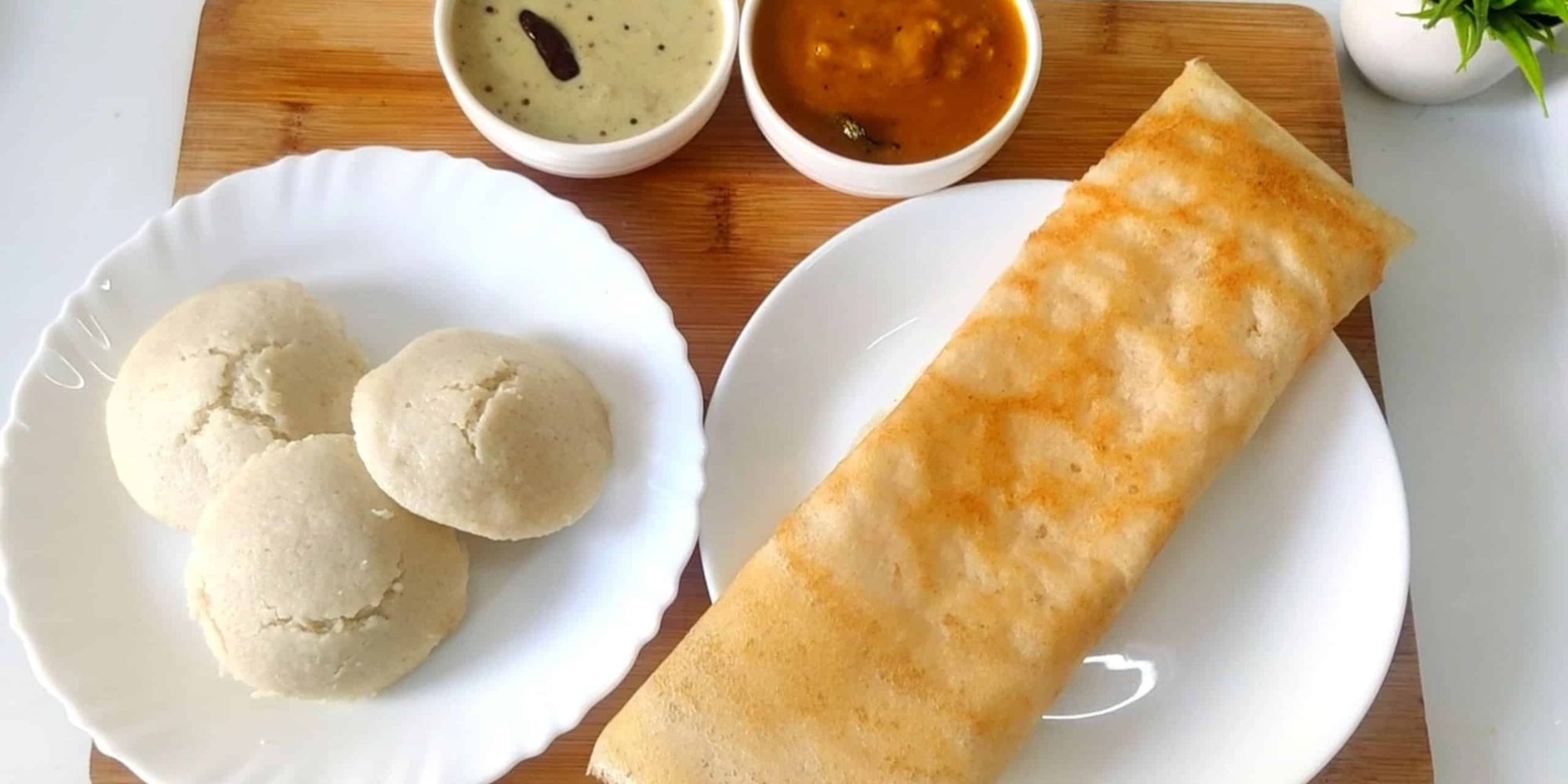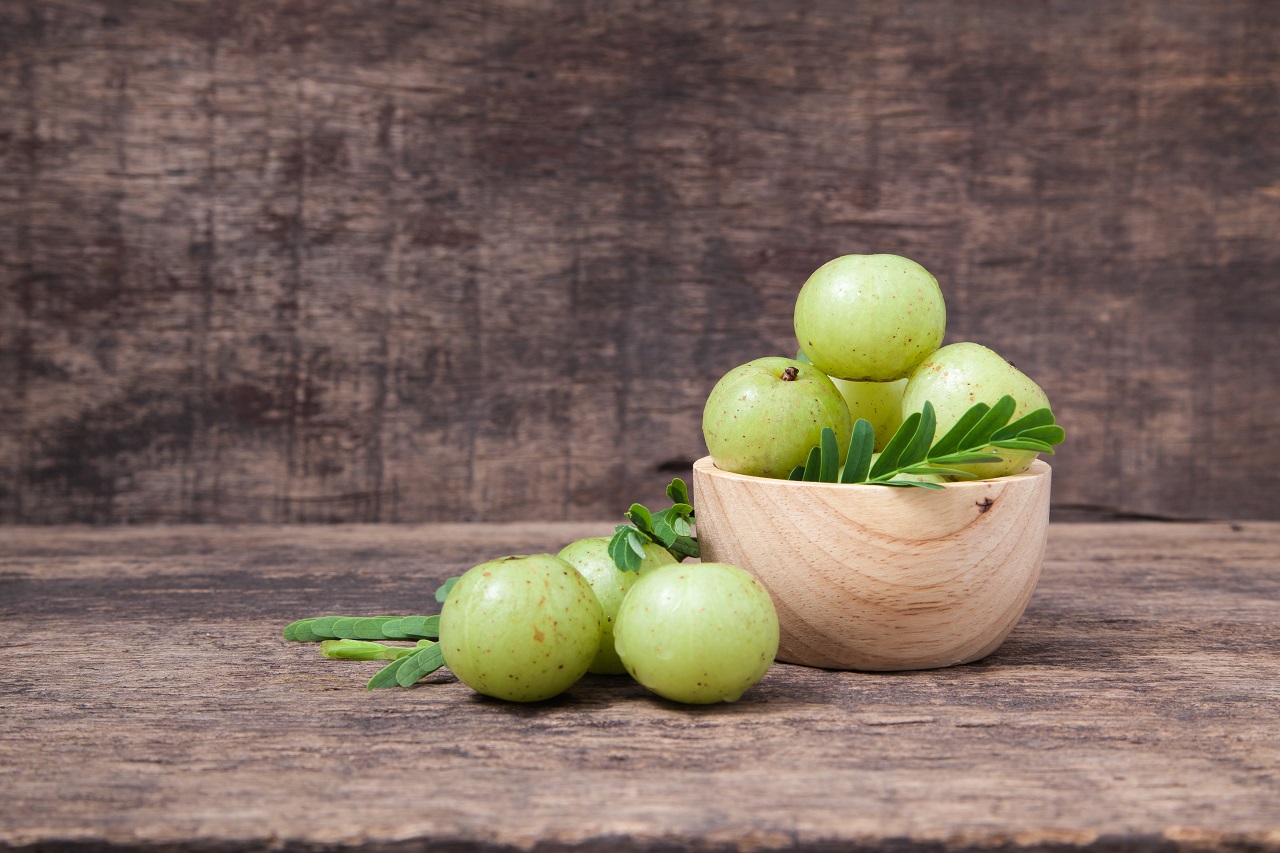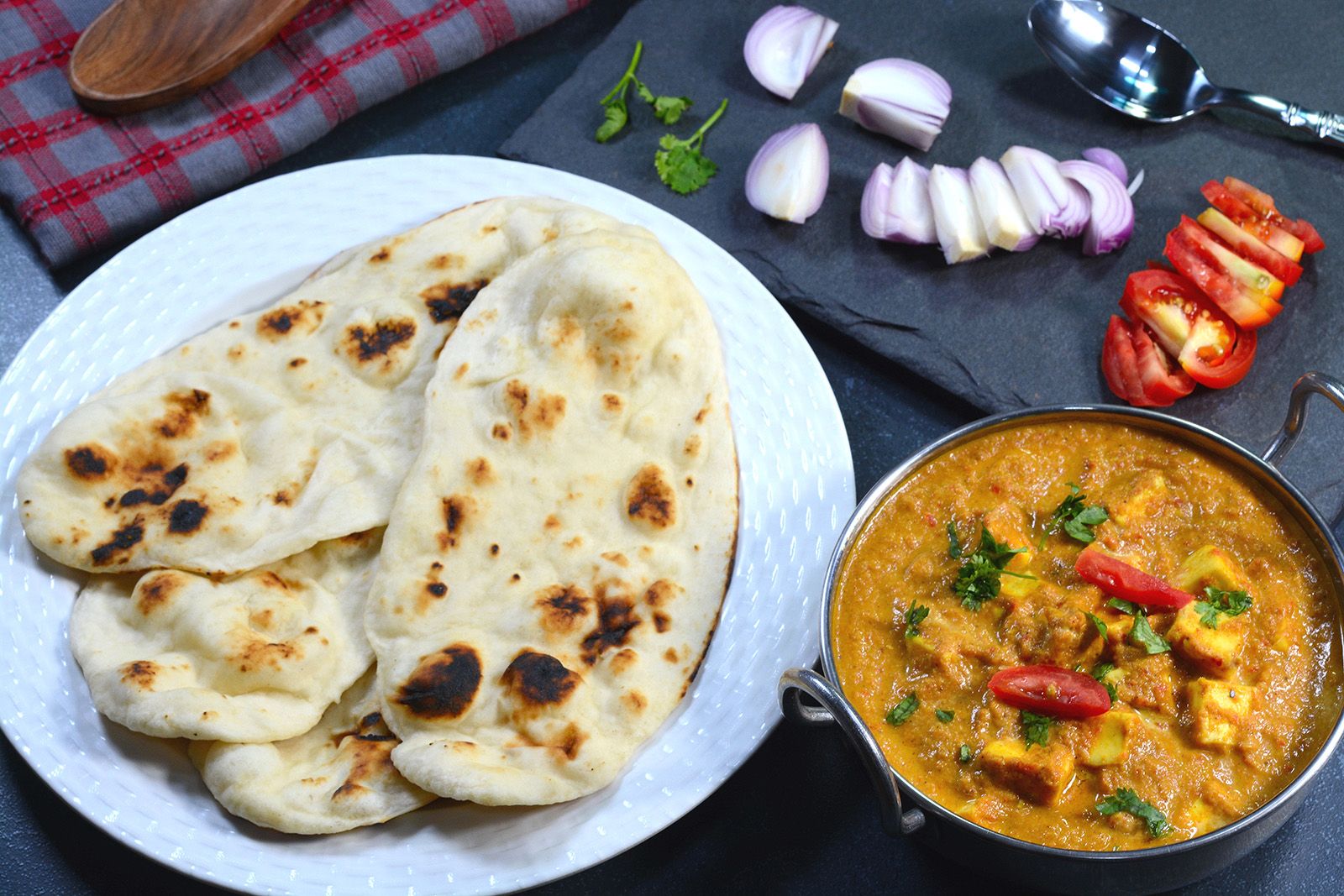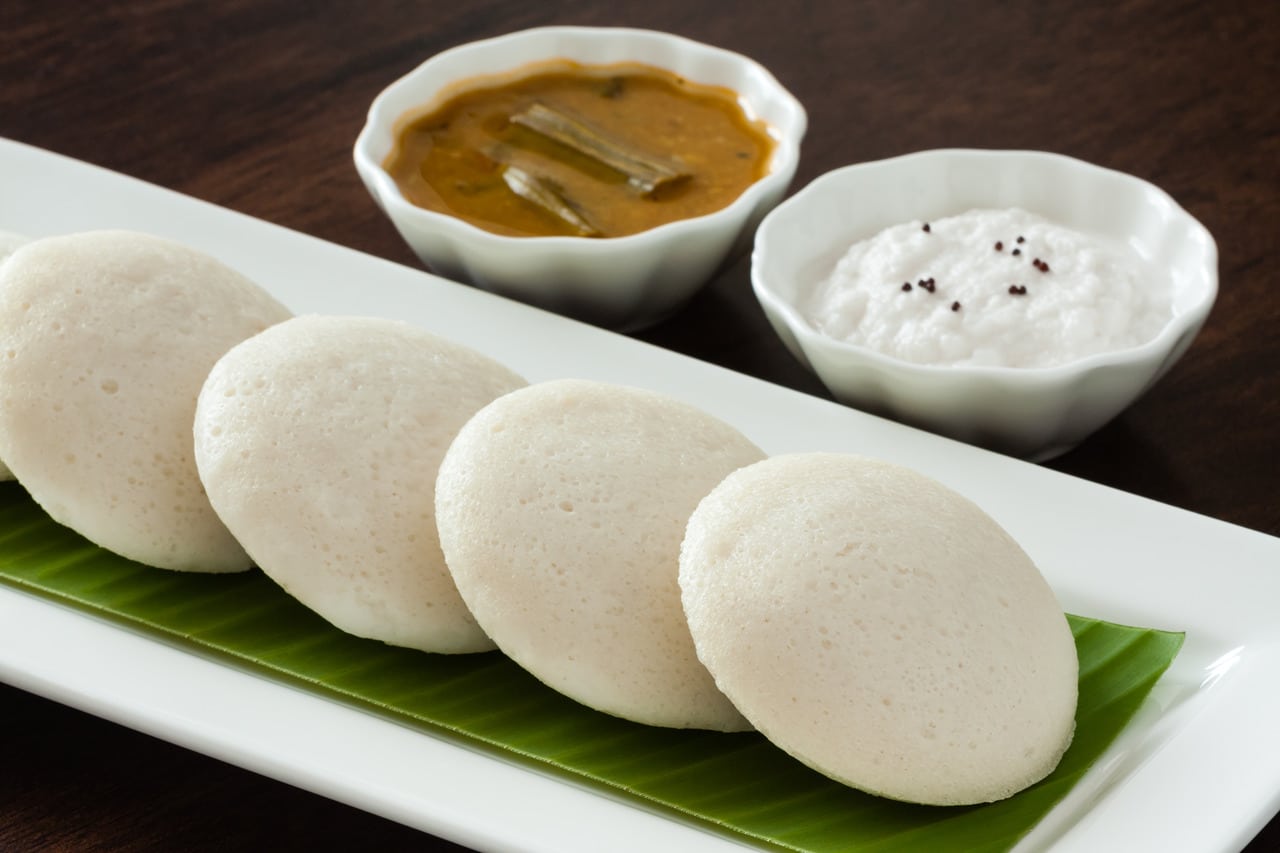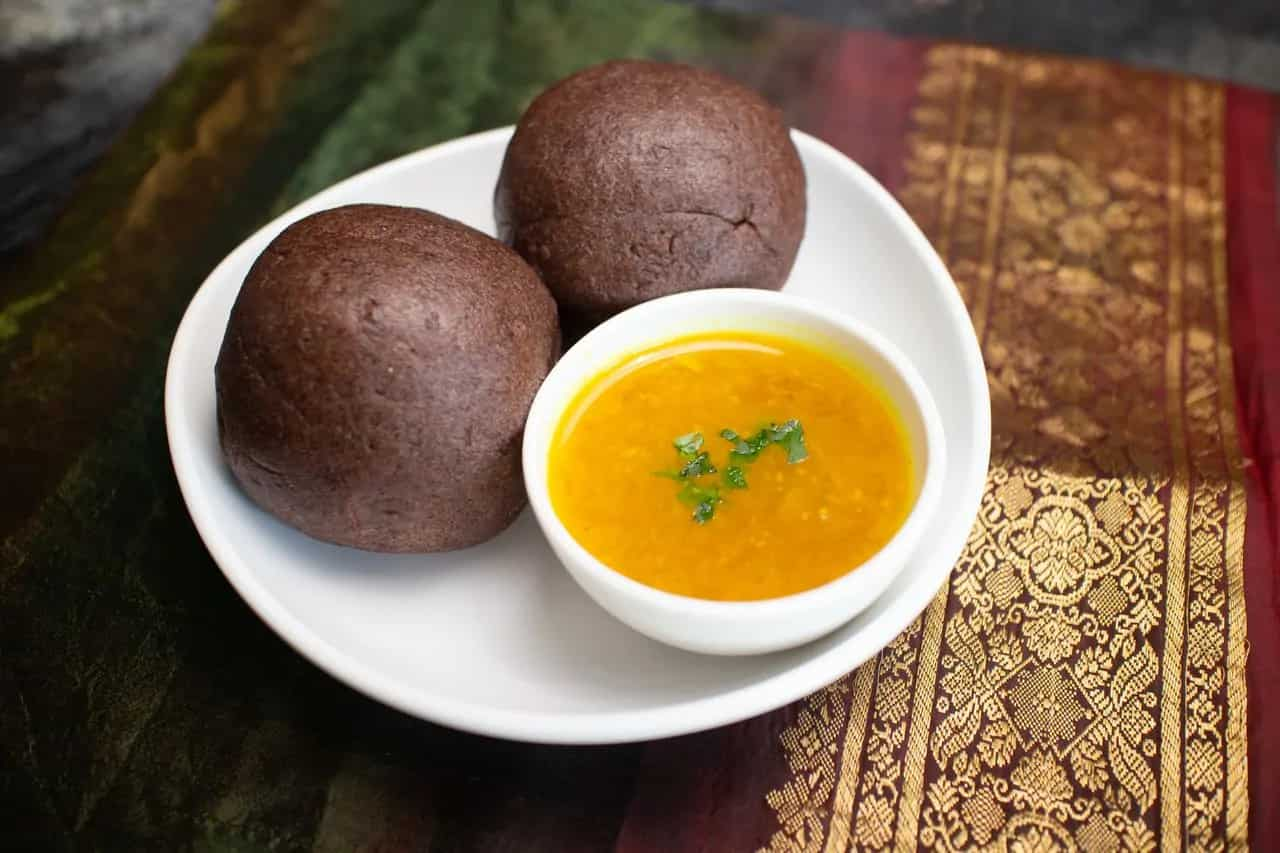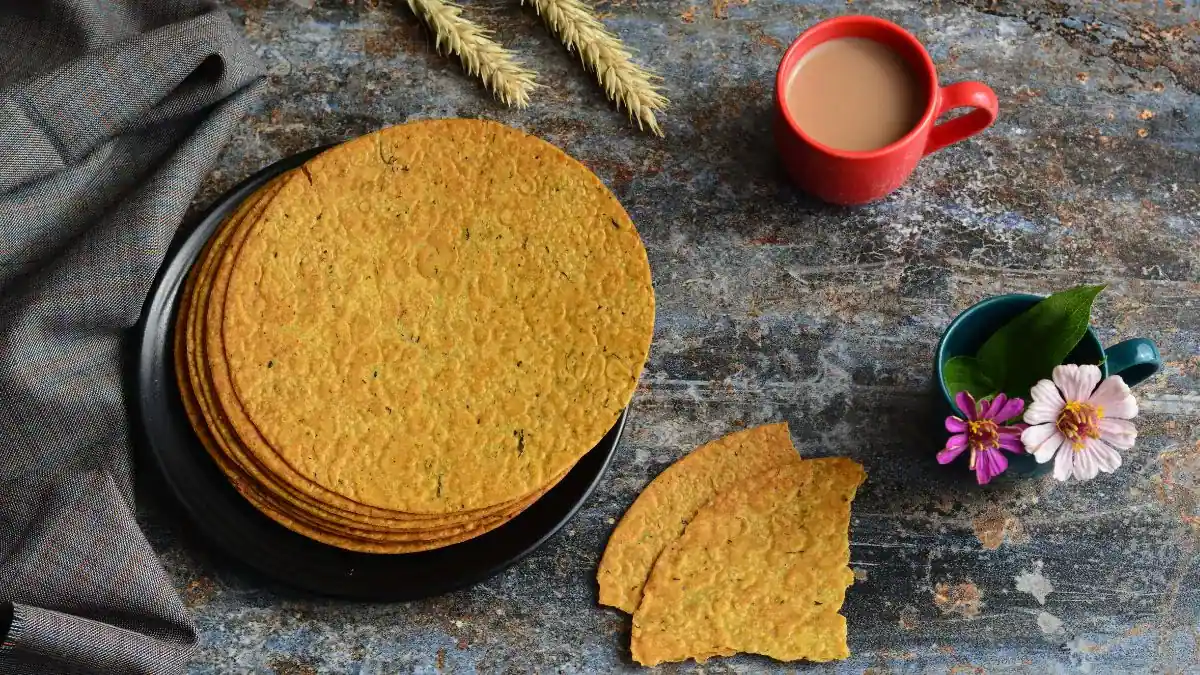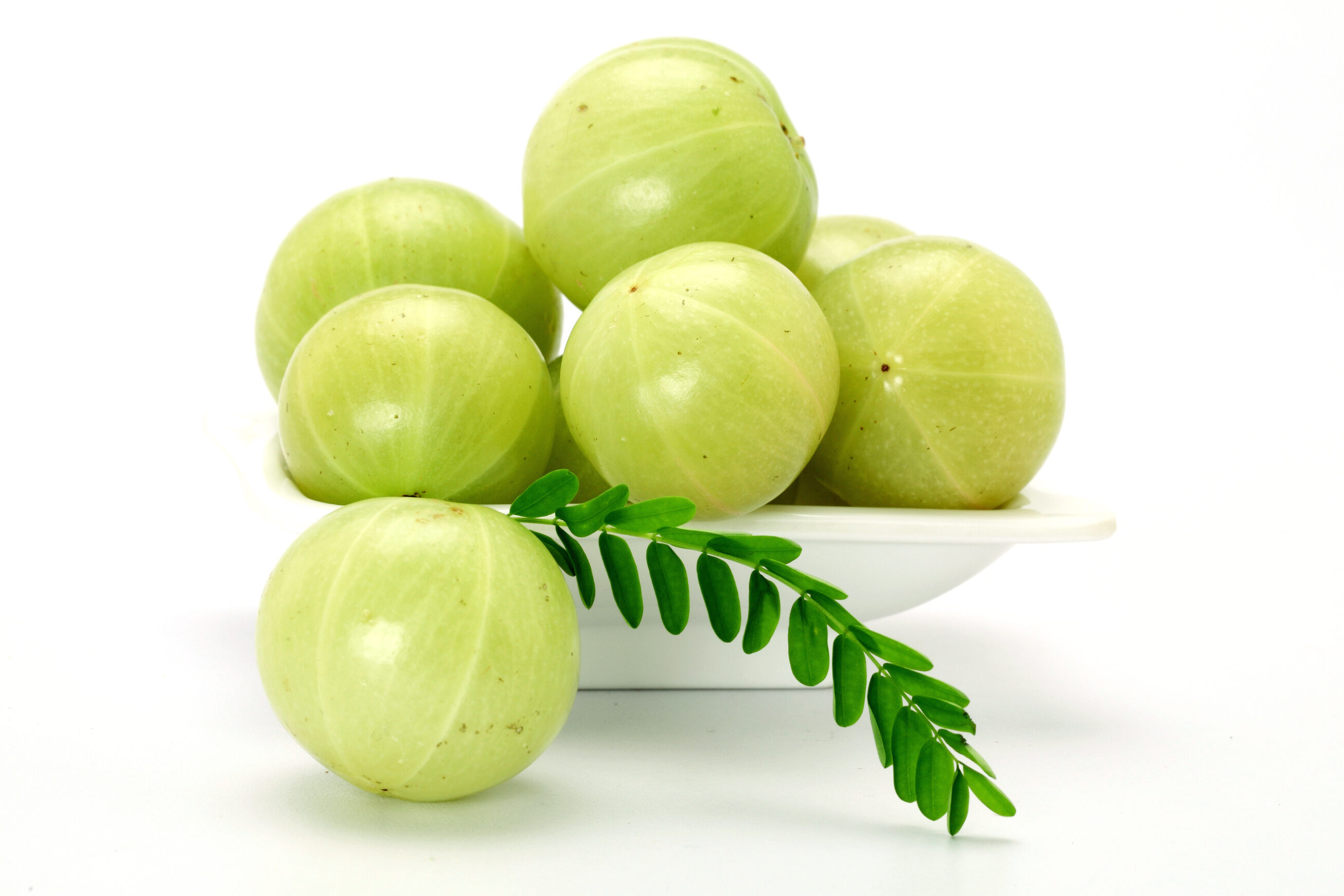Discover the Delightful World of Indian Chutney
Indian chutney is a flavorful and versatile condiment that adds a burst of taste to any meal. Whether you’re dipping, spreading, or mixing, there are countless ways to enjoy this delicious accompaniment. Here are some tips on how to eat Indian chutney to elevate your dining experience.
Pairing with Indian Cuisine
Indian chutney is a perfect complement to a wide variety of Indian dishes. From samosas to pakoras, chutney adds a tangy and spicy kick that enhances the flavors of these traditional snacks. It can also be served alongside main courses such as biryani, tandoori chicken, or curry to provide a refreshing contrast to the rich and savory flavors.
Spreading on Bread or Crackers
One of the simplest and most enjoyable ways to eat Indian chutney is by spreading it on bread or crackers. Whether you prefer naan, roti, or a simple slice of toast, chutney can elevate your snack or meal with its unique blend of sweet, sour, and spicy flavors. It’s a quick and easy way to add a burst of taste to your favorite carbs.
Dipping for Snacks and Appetizers
When it comes to snacking, Indian chutney is a game-changer. Use it as a dip for crunchy papadums, vegetable fritters, or even potato chips. The combination of crispy textures and zesty chutney creates a delightful sensory experience that will leave you craving for more.
Mixing into Yogurt or Salad Dressing
If you’re looking for a creative way to incorporate Indian chutney into your meals, consider mixing it into yogurt or salad dressing. The tangy and spicy flavors of the chutney can add a unique twist to your favorite creamy or tangy bases, creating a refreshing and flavorful dressing for salads or a delicious dip for fresh fruits and veggies.
Experimenting with Fusion Cuisine
Indian chutney’s versatility extends beyond traditional Indian dishes. You can experiment with fusion cuisine by incorporating chutney into non-Indian recipes. For example, use it as a topping for grilled meats, mix it into a marinade, or add a dollop to your favorite sandwich or wrap for an unexpected burst of flavor.
Conclusion
Indian chutney is a versatile and delicious condiment that can be enjoyed in numerous ways. Whether you’re pairing it with traditional Indian dishes, spreading it on bread, or getting creative with fusion cuisine, chutney adds a burst of flavor to every bite. So, go ahead and explore the delightful world of Indian chutney to elevate your dining experience.
